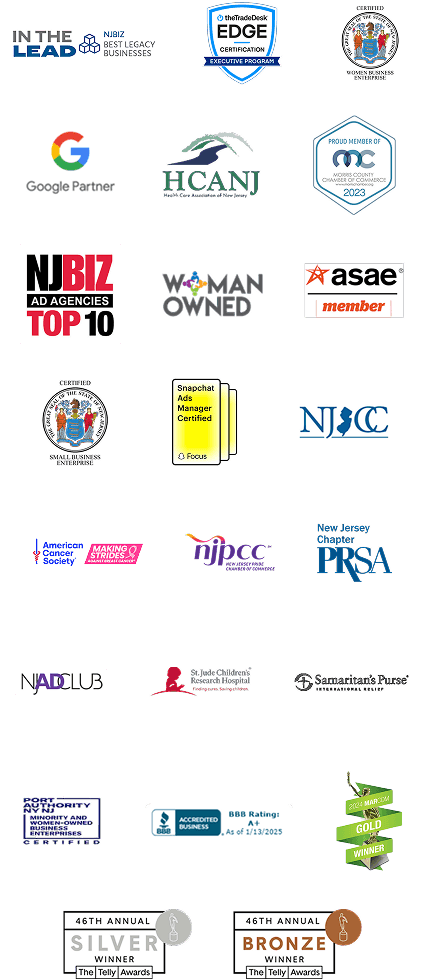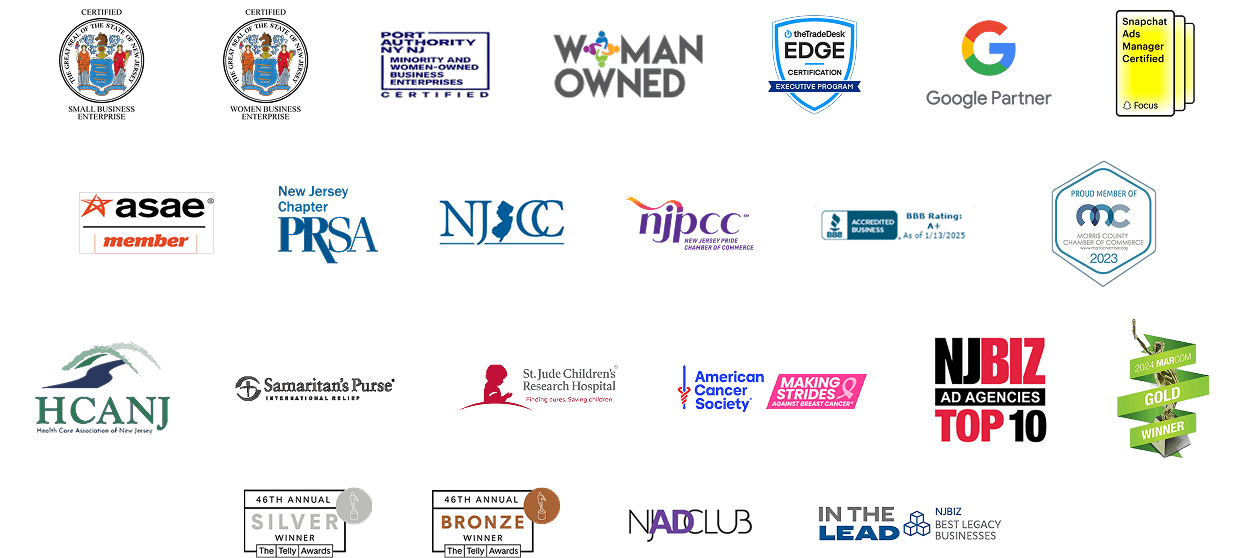The Secret Weapon To Marcomm: Blogging

In the realm of advertising and marketing, where trends and technologies dominate, its important to remember the strategic importance of blogging. Blogging serves as a powerful asset for building thought leadership, improving search engine visibility, enhancing content marketing, converting readers into leads, and creating a strong brand personality.
What You Need to Know About Bluesky
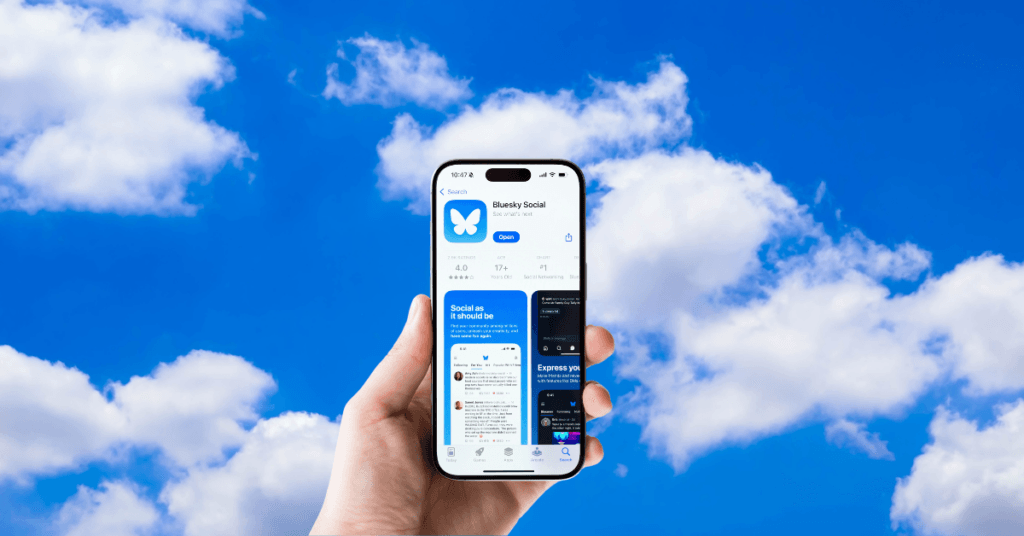
Bluesky is a new decentralized social media platform making waves. But what exactly is Bluesky, and why should PR pros be paying attention? This blog post dives into the details, exploring its unique structure, the potential for targeted engagement, and why it could be the future of online connection. Is it just a flash in the pan, or a game-changer? Find out here!
These odd things we call “Clichés”

Despite being etymologically rooted in French, clichés have become integral both to written and spoken English. “Think outside the box,” “low-hanging fruit,” “read between the lines,” and my favorite, “break a leg,” are popular examples of the thousands of clichés populating – or polluting – the world’s most flexible, widely-used language.
Boosting Recruitment: How SCG Advertising and PR is Helping the Philadelphia Police Department Attract New Officers
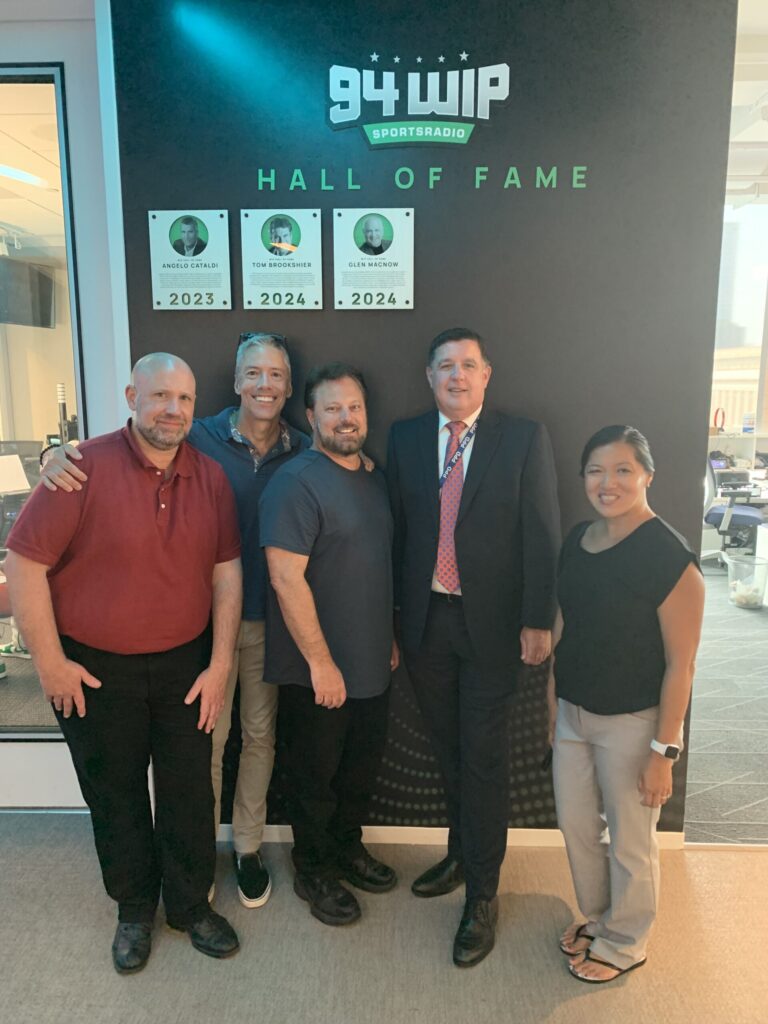
For the past 12 months, SCG Advertising and PR has been working with the Philadelphia Police Department in their recruitment efforts to hire more officers to protect the City of Philadelphia. During our last campaign in January of 2024, SCG partnered with Audacy, Hugh Douglas, and Merril Reese.
Driving Recruitment Success: SCG Teams Up with New Jersey State Police at BetRivers 200 NASCAR Xfinity Series
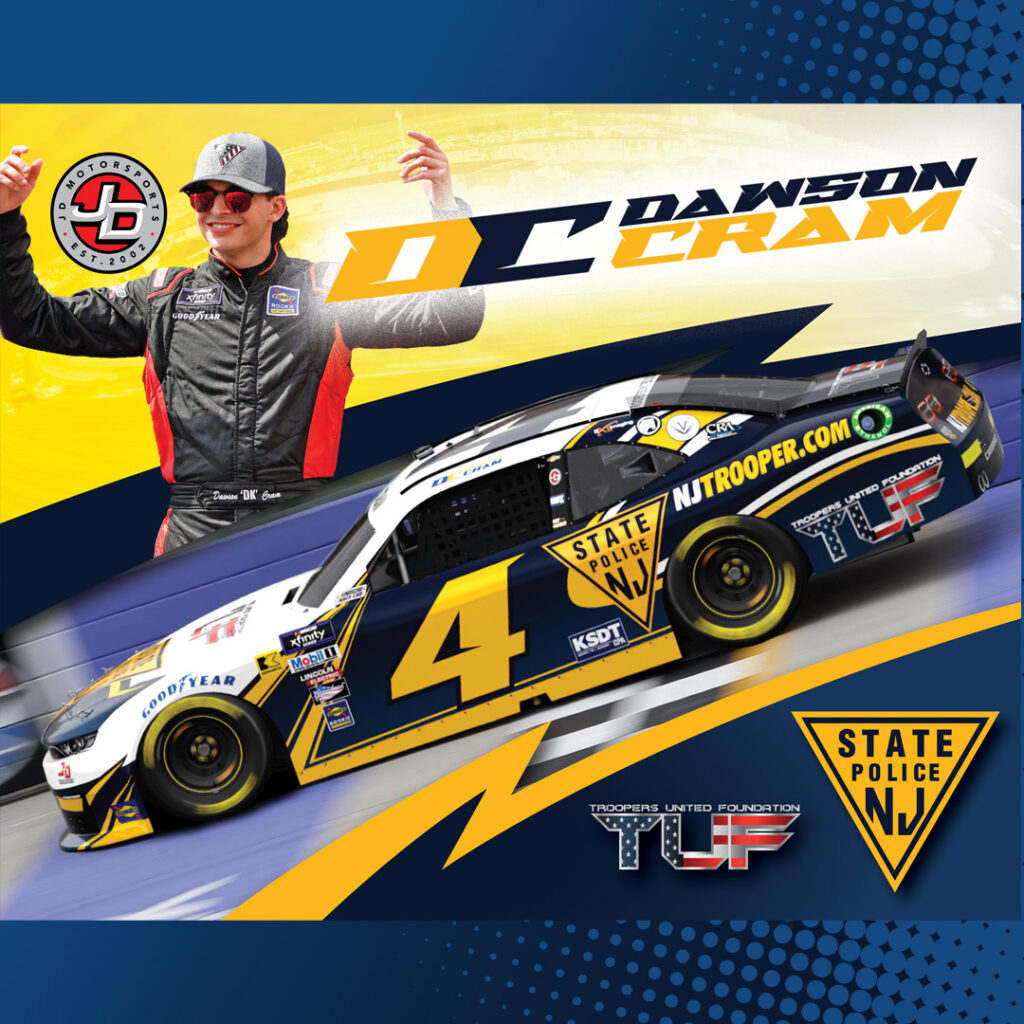
SCG had the honor of collaborating with the New Jersey State Police and vendors at the Dover Motor Speedway at the BetRivers 200 @NASCAR Xfinity Series on April 27th, 2024. This was an extremely rewarding and exciting experience, considering we have been working with the NJSP since 2016!
March Madness or Advertisement Heaven?
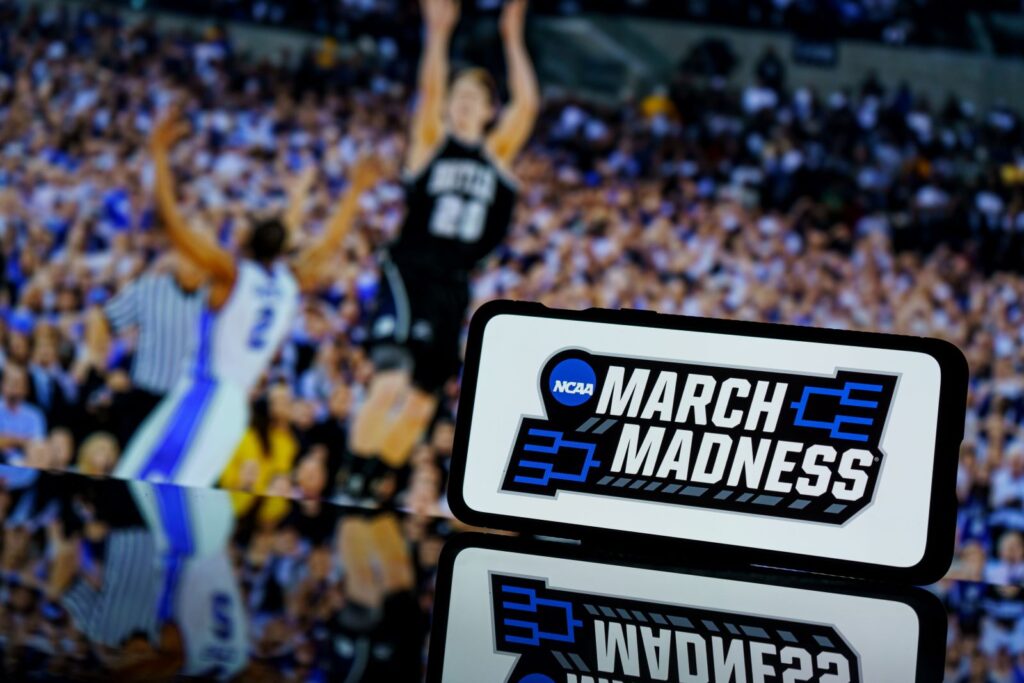
March is here! To some, that might indicate Saint Patrick’s Day is near or even Palm Sunday. Yet there is a specific group of people that only care about March for one reason. March Madness. As a fan of March Madness, and a former collegiate athlete, I can appreciate the passion brought by fans each year.
SCG Trendwatch: MarCom Industry News – December 2023
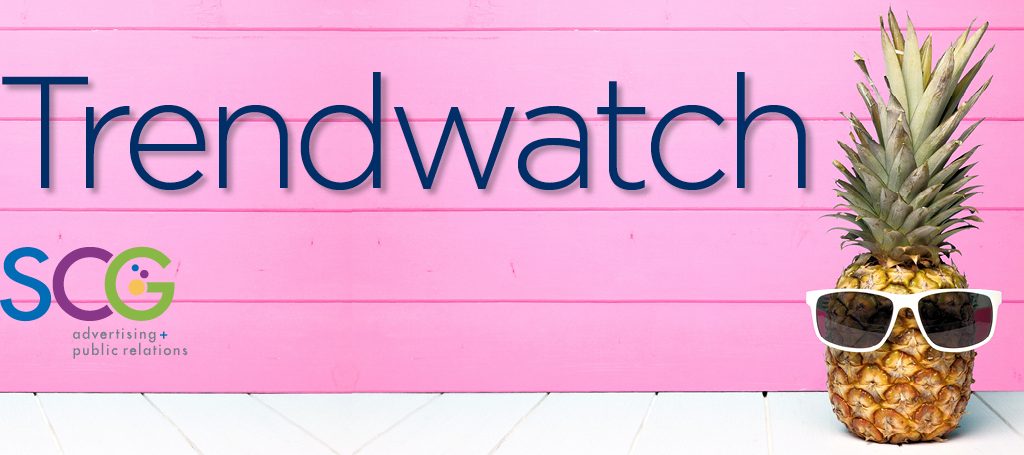
Welcome to your monthly round-up for busy MarCom professionals. This month, we are sharing the latest news, strategies, tools, and trends affecting the industry landscape.
Intern Insights: Are Your Photos Worth A Thousand Words?

In the digital world, visuals are essential to grab attention, convey messages, and make a lasting impression. In this blog post, I will walk you through the basic elements and techniques to take the best eye-catching photos.

